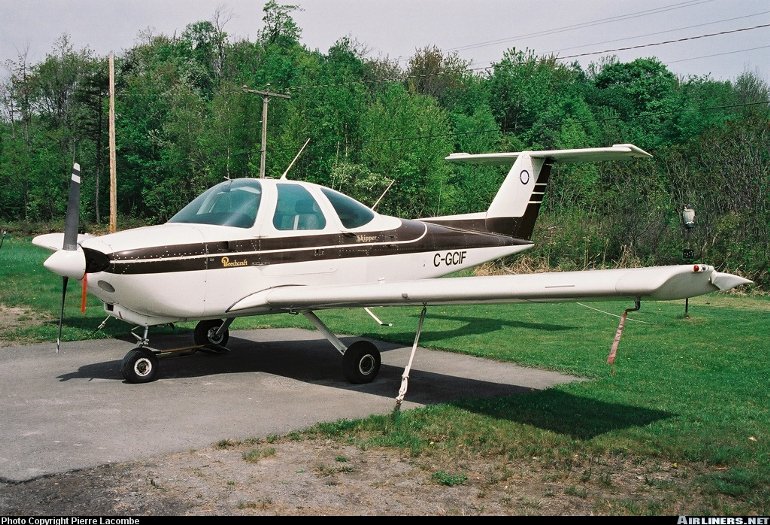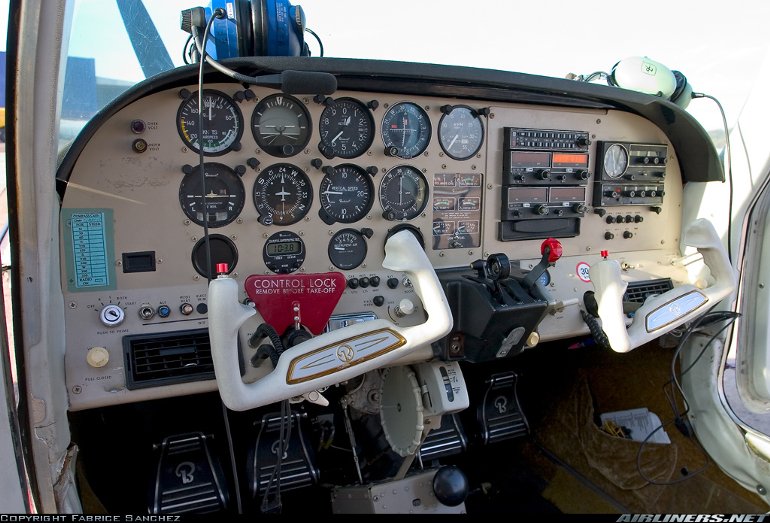Aircraft Technical Data
Beech 77 Skipper


| Details | |
| Country of Origin | United States of America |
| Type | Two seat pilot training aircraft |
| History | Beech developed the Skipper as a low expense two seat trainer in response to the growing costs (mainly fuel) of pilot training in the mid 1970s. Starting life as the Beech PD (for Preliminary Design) 285, the new Skipper was intended to be a simple and cost effective new generation pilot training aircraft combining low purchasing and operating costs with lightweight but sturdy construction. A PD-285 prototype first flew on February 6 1975, but this differed from production aircraft in that it was powered by a 75kW (100hp) Continental O-200 engine and featured a conventional low set tailplane. Protracted development meant that the first of the definitive Model 77 Skippers did not fly until September 1978, by which time the 85kW (115hp) Lycoming O-235 engine and T-tail had been settled upon. In the Beech product line-up the Skipper was to replace the two seat Model 19 Sport variant of the Musketeer family, production of which ended in 1978. US FAA certification for the Skipper was awarded in April 1979, and the first production aircraft were delivered in May 1979 to Beechcraft's own Beech Aero Center pilot training centres. Production lasted just three years until mid 1981 (at the time Beech said the halt in production was a "suspension" pending an improvement in market conditions). During that time little more than 300 Skippers had been built (at a rate of about 10 per month). Unsold Skipper stocks kept the type available for a further year. The Skipper was in direct competition with Piper's very successful PA-38 Tomahawk and Cessna's 152. The Tomahawk was developed in a very similar time scale to the Skipper (entering service in early 1978) and both aircraft share a T-tail, low wing and canopy style cabin configuration (with 360° all round vision and a door on each side), and the Lycoming O-235 powerplant. Of the three the Skipper was the least successful, being comfortably outsold by the Cessna and Piper products. Other features of the Skipper design are a NASA developed GA(W)1 high lift wing (the result of joint NASA and Beech research into high lift, supercritical aerofoils), bonded metal construction, tubular spars, and flap and aileron actuation by torque tubes rather than the more conventional cable and pulley system. New construction techniques were intended to reduce manufacturing costs. |
| Powerplants | One 85kW (115hp) Lycoming O-235-L2C flat four piston engine, driving a two blade fixed pitch propeller. |
| Performance | Max speed 196km/h (106kt), max cruising speed 195km/h (105kt), long range cruising speed 158km/h (85kt). Initial rate of climb 720ft/min. Range with reserves 764km (413nm). |
| Weights | Empty 500kg (1103lb), max takeoff 760kg (1675lb). |
| Dimensions | Wing span 9.14m (30ft 0in), length 7.32m (24ft 0in), height 2.41m (7ft 11in). Wing area 12.1m2 (129.8sq ft). |
| Capacity | Two seated side by side. |
| Production | Production of the Skipper ceased in 1981 after 312 had been built. |
| Related Links | Beech 77 Skipper |
The backbone of this section is from the The International Directory of Civil Aircraft by Gerard Frawley and used with permission. To get your own copy of the book click here. |
|








